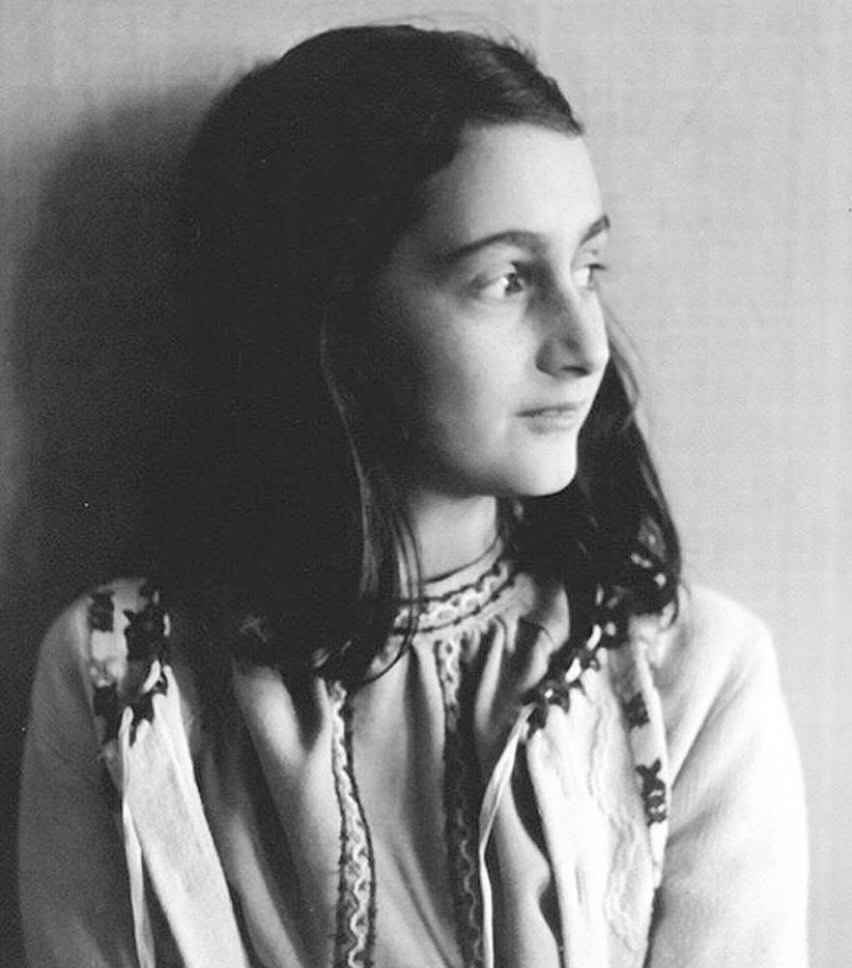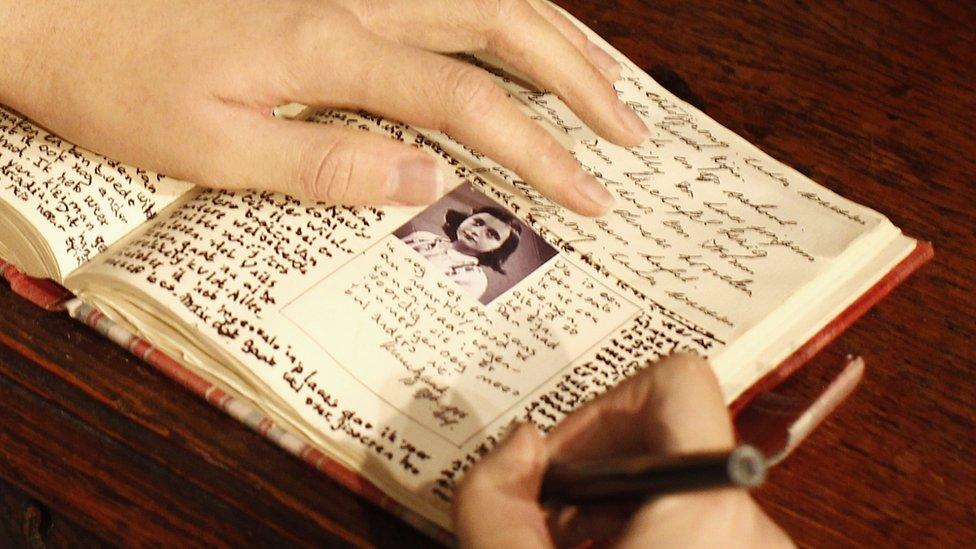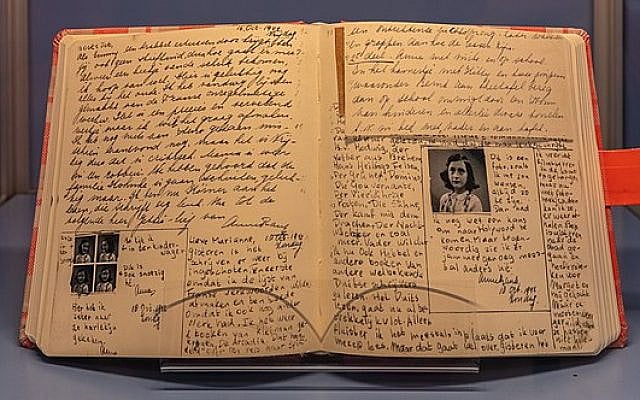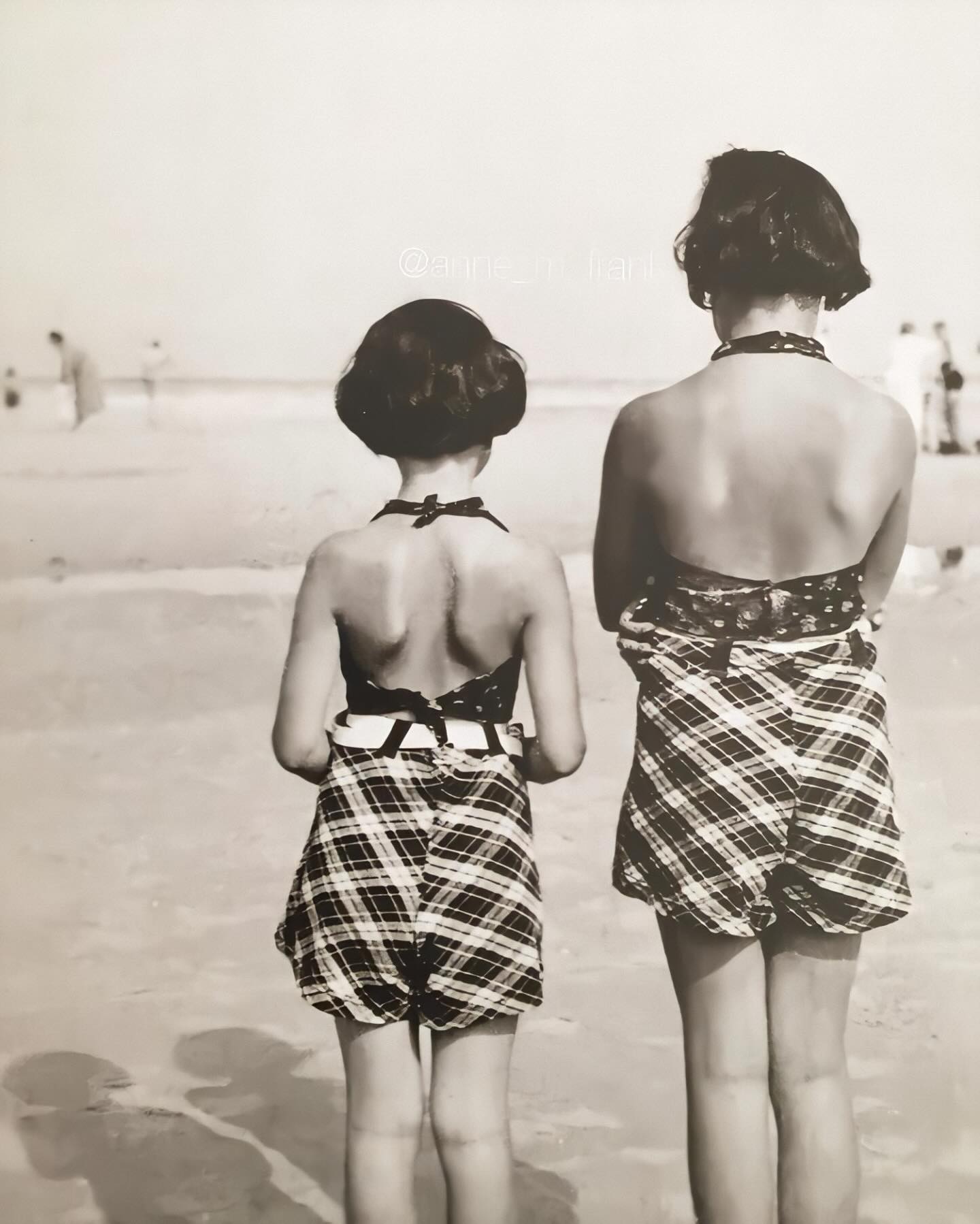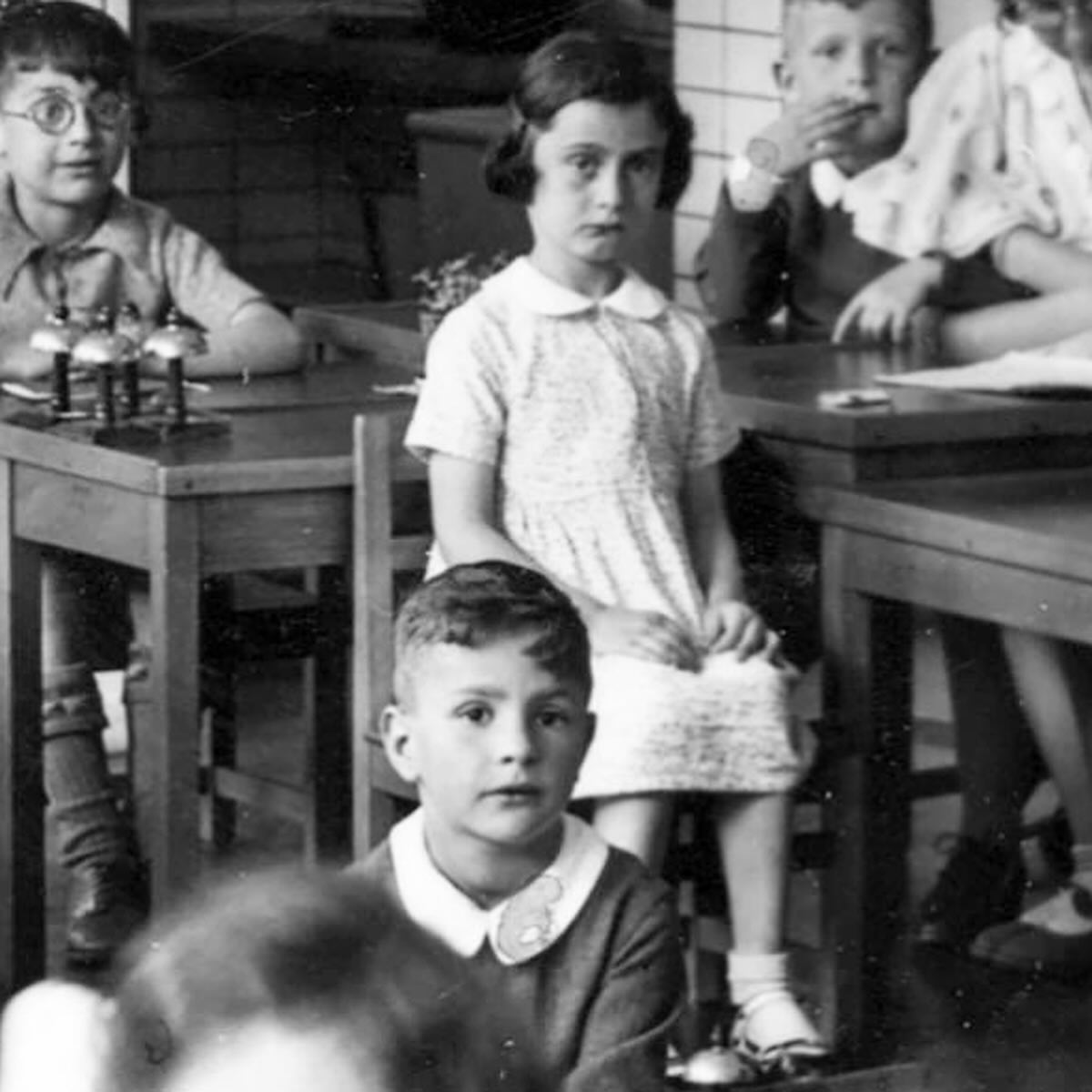The Two Annes: A Final Battle on the Pages of a Diary
The Hook: A Divided Self
The world knows Anne Frank as a symbol of hope and defiance. But in her final diary entry, written just days before her capture, Anne revealed a profound secret: she knew there were two of her. One was the Anne that everyone else saw—the bubbly, sarcastic, and at times, impertinent teenager. The other was the Anne she kept hidden—a serious writer, a deep thinker, and a young woman fully aware of the person she wanted to become. In her final, heartbreaking words, she lamented that people only knew her “outside,” and because of it, she was “always taken for a clown.” This final entry is a poignant window into a soul at war with itself, a battle for authenticity that would soon be tragically cut short.
A Writer’s Determination
Even in the confines of the Secret Annex, Anne’s identity as a writer grew with a remarkable determination. When she filled her first diary notebook in December 1942, she didn’t stop. She continued her entries in exercise and accounting books, all of which she kept safely in a leather briefcase that belonged to her father. This was more than just a habit; it was a commitment. But her true dedication became clear in a project that began on May 20, 1944.
Inspired by a radio broadcast, Anne decided to rewrite her entire diary with the intention of publishing it after the war. She began meticulously transcribing her entries onto thin sheets of tracing paper, a precious commodity acquired from the office below. She rearranged texts, added new entries, and deleted others, transforming a private journal into a polished manuscript. This was not a child’s whim; this was the work of a serious artist. Anne wasn’t just recording events; she was crafting a story, editing her life with the careful hand of an author who believed in the power of her words. She was, in essence, becoming the serious writer she knew herself to be.
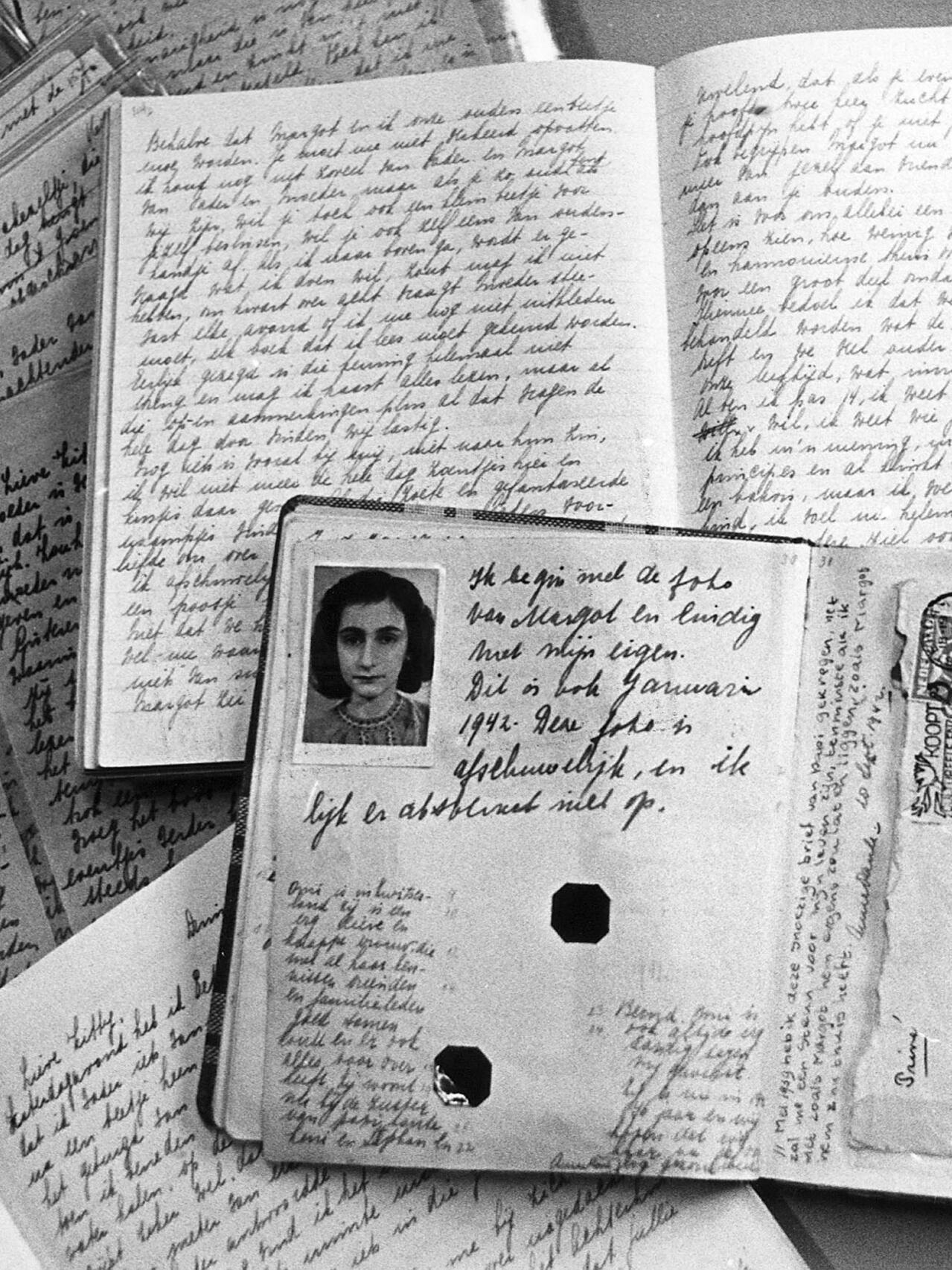
The Last Words: A Race Against Time
The tragic irony of Anne’s final days is what makes her story so powerful. She finished her last entry on August 1, 1944. She had only been rewriting for a little over two months, a race against an invisible clock. Three days later, her project was brutally interrupted. Just when her carefully constructed world seemed at its most promising, it came to a screeching halt.
At that moment, the “clown” and the “writer” ceased to be. In the chaos of the arrest, her precious notebooks, filled with the serious thoughts and edited prose of her true self, were tossed to the floor. The police, interested only in valuables, would have never known the priceless treasure they had scattered.
But this is not where the story ends. The serious writer in Anne had already won. Her words had a will to live. Later, Miep Gies, one of the helpers, found the scattered pages and notebooks and, in a simple act of hope, gathered them all. Her reason was simple: “When Anne returns, I will give her back her diary.”
Anne never returned, but because of that quiet promise, her voice was not silenced. The diary, now a published work, is a testament to the enduring power of a human spirit that refused to be defined by its circumstances. The outside world may have taken away the “clown,” but the serious writer, the true Anne, lives on forever in every word she wrote.
